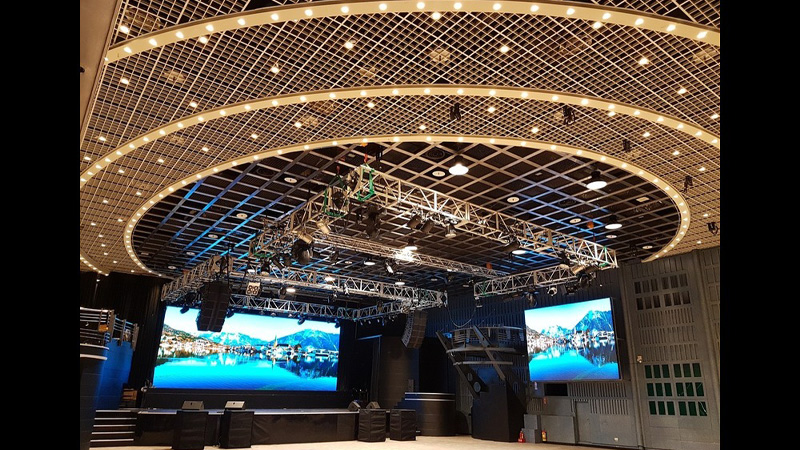
Who Wins the LED Video Wall Processor
Display technology has come a long way since the invention of LEDs in 1962 and its application to various gadgets and appliances in the following decades. With the advent of digitization of imaging, industries such as entertainment media and advertising employed LEDs to market various products and enhance the viewer experience overall.
This essay will discuss LED video wall processors, a computer displays technology system. We will also discuss which are the best providers of LED video processors today and why this is the case.
1. LED Video Wall Processors: The Battle for Dominance
With new technological innovations, LED display technology replaced neon lights in advertising. LEDs were seen as a more viable alternative to both neon and billboards. They are more immersive, making for a more pleasurable viewing experience.
As time goes on, they become even cheaper and more economical. And with newer and newer innovations, like AI technology and others, they have become more immersive, transforming how we experience images and videos, even from afar.
Nearly all events – entertainment and concerts, sporting events, seminars, political campaigns, etc. – need some kind of display technology, both to broadcast live to those who cannot see the action nearby and for other purposes, like replays.
As such, video wall processors for display technology become in demand. Almost all events and venues employ some video wall processors. LEDs are cheaper, more energy efficient, and more effective in displaying content because of their high resolution and excellent quality, so many use them for displaying content.
LED video wall processors can convert different formats to something viewable on that display technology. They can also use different controllers depending on the needs of the event or client.
Because of this, many industry providers of LED video wall processors offer different products to suit their clients’ needs. As the competition to provide the best display technology intensifies, some try to one-up others by offering key features, innovative measures, and cutting-edge technology that might not be available to others.
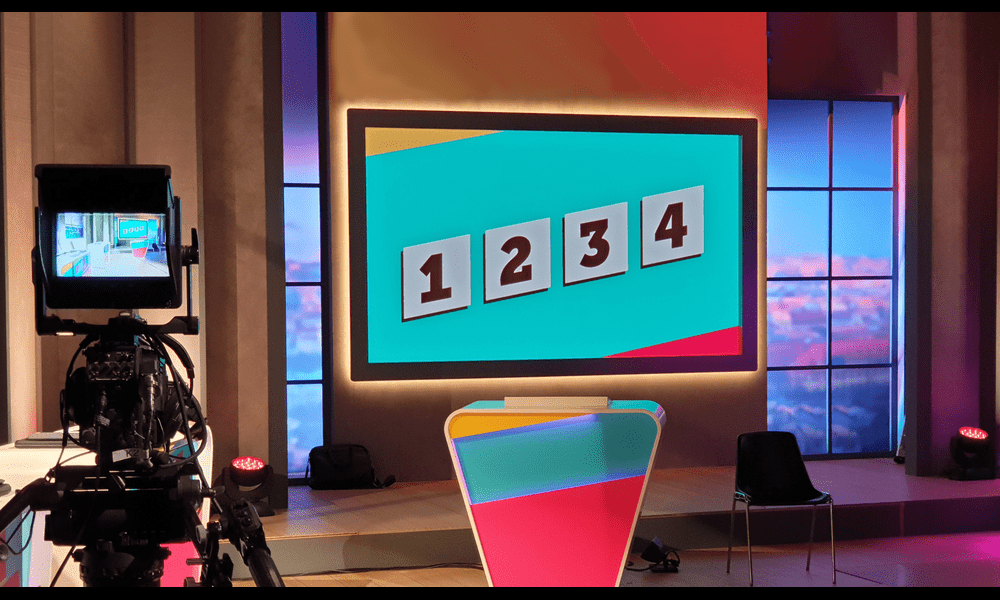
2. Features of Top LED Video Wall Processors
Competition among providers is stiff, and their advantages can spell the difference between a great versus a pedestrian experience. Among the features all buyers must investigate are:
Overall Excellence
Some products are famous for being effective, efficient, durable, and dependable. Some companies even set industry standards and have become paragons of the best in the field.
It is vital to look at the general specifications and whether they meet the industry standards.
You can look at a company’s history, its products’ history, and how it fared throughout the years. You can also look at industry reviews and see the strengths of a particular video wall processor, as well as chinks in the armor.
Operability
Video wall processors must be easy for everyone to use. Gone are the days when experts were the ones who could operate something. Operating menus, switching controls, and displaying content from various input sources must be a walk in the park.
Any LED video wall processor can be run without complicated processes. Anything that makes life more difficult than others may not be worth buying.
Easy Integration
Features that might not be available on one LED video wall processor may nevertheless be incorporated. Other products may also enhance the immersive/viewing experience the video wall offers. Looking for efficiency and enhanced experiences through other products, look for easy integration.
Clarity and Precision
Most LED video walls adhere to industry standards concerning clarity and precision, so it is easy to overlook this aspect. However, there are still minimal differences among various industry providers, which may significantly impact clarity and precision.
It can impact the overall immersive experience and display performance of the equipment.
Most companies selling LED display technology need HD video wall processors to provide input from sources. But they must be pixel-perfect and exhibit high clarity, excellent resolution, and precision. However, there are some things that you need to investigate.
Look deeper at general specifications regarding the size of the HD video wall and the pixels. The larger the LED display, the more pixels it must have to maintain optimum clarity and precision.
Add to this the particular purpose of the LED video wall processor. If it must live stream events or show everything in real-time, ensure all other components are up to par. That will prevent coverage and display issues, particularly clarity and precision.
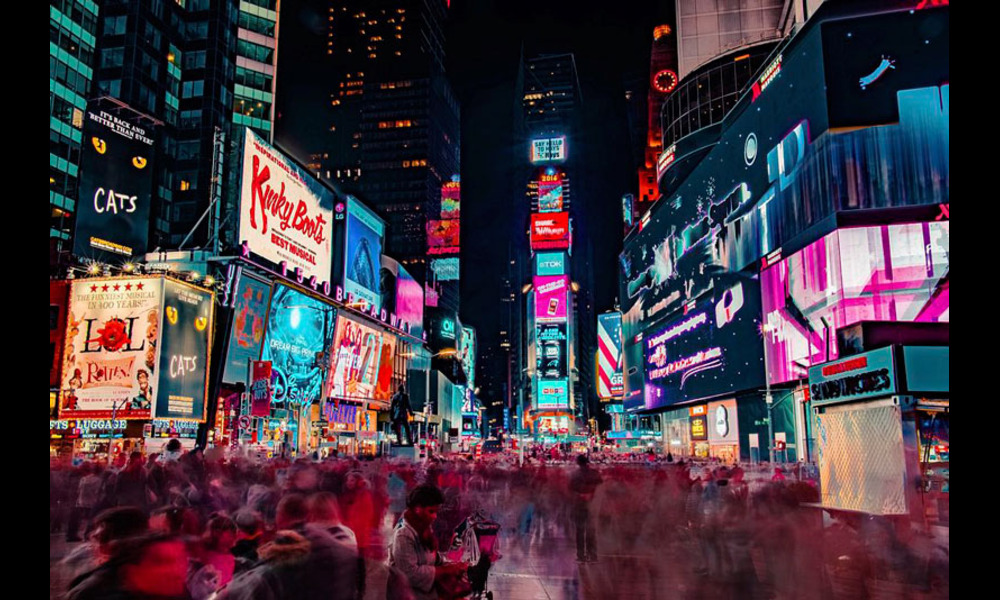
3. Comparative Price of Video Wall Processors
Due to its advanced technology and the cost of materials and know-how used to build an LED video wall processor, they are mostly expensive. The ballpark figure for a particular HD wall video ranges from $1,000 to $10,000.
Famous brands will almost always charge more for what they offer. You usually pay for the brand name, though you can also expect high-level performance from them. They built their name on the culture of excellence, name recall, and performance.
But there are lots of providers who can give those famed brands a run for their money. These providers are known enough in the industry to have a certain hold on both the market and buyers’ consciousness.
They have proven themselves throughout the years to be excellent in technology and performance, all this while giving you a reasonable sum for their products. That is especially true with LED video wall processors.
So, after comparing all those features from different providers and examining what they can offer in terms of clarity and precision, price is the most important consideration, but certainly not the least.
Balancing your needs, the purpose, the technology, and the video wall processor you want, then comparing their prices, should be the primary steps you need to take. This will allow you to give everyone that immersive experience at a reasonable bargain.
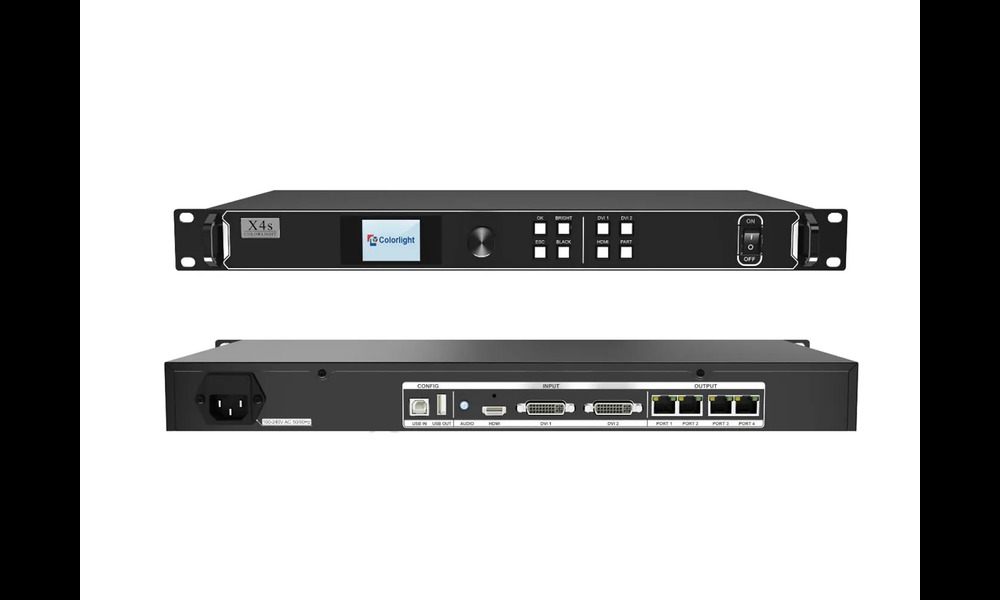
4. Novastar vs Colorlight: Who Wins in LED Processing?
For example, let us compare two providers currently making waves in the industry, Novastar and Colorlight. The first has been around since 2008 and has proven itself on significant events. The second one is a newcomer but is rising relatively fast.
Application
Novastar hits the ground running and has been a staple in major events worldwide, the latest of which is the Qatar World Cup and the 2022 Beijing Winter Olympics. In terms of renown and acceptance, there is no doubt in Novastar, with more than half of the market preferring this proven LED display technology provider.
The upstart Colorlight, meanwhile, is one of the fastest-growing LED display technology providers. In a short span, Colorlight has provided technology to many significant events and advertisements in key cities in China.
Research and Development
Novastar is a leader because of its advanced technology. It boasts more than a thousand independent intellectual property rights, including those of LED video wall processors.
The technology and innovations concern nearly all aspects of LED technology—high precision, clarity, and imaging for all their video wall processors, televisions, and the like. They are among the leaders in innovating control systems and controllers. They make most of their LED display technology easy to use and integrate.
Due to its continuing innovation in the field of LED technology, it has garnered numerous awards. It boasts a large workforce, most of whom are in research and development and customer care service. They are nearly everywhere, assisting clients and customers in using LED technology.
Colorlight is relatively new in the field, but it boasts more than 1,000 employees, nearly half of whom are in research and development. It possesses many core technologies, especially those impacting video wall processors, like image precision and optical algorithms.
Video Wall Processors
Novastar has an array of video wall processors for various applications. These range from large-scale events such as the Olympics to home theaters for games, amusements, and entertainment.
The NovaPro UHD Jr. is the King of their video processors because of its wide range of applications, excellent specifications, and great compatibility and ease of use. It supports several frames and can have ten user presets for immediate and convenient use. Depending on the distributor, the price of NovaPro UHD Jr. can range from $6,000-$9000.
Colorlight, meanwhile, boasts numerous video processors for all types of events, uses, and applications. The most important of them may be the VX10. It has five ports and a wide range of compatibility.
VX10 suits many applications and can be vital to large-scale live-streaming events. No wonder it is steadily gaining traction among numerous businesses in China and other parts of the globe. Compared to NovaPro UHD Jr., VX10 is considerably less expensive. Depending on the distributor, the price can be as low as $2,000 to as high as $3,300.
Who Wins?
We use a particular LED display technology for a particular purpose, and the same is true of LED video wall processors. Ultimately, the purpose, balanced with all the features and price, will decide the ultimate winner. Those are the determining factors for buying a particular HD video wall processor.
The only thing against Novastar in comparison with Colorlight is the price. They have a proven track record and a history of displaying content for significant, monumental events. They are the leaders in the industry and have been at the forefront of developing cutting-edge technology and improving our experience.
Colorlight, meanwhile, has steadily been a force in the industry, involving nearly half of its workforce in research and development to innovate further and develop advanced technology. They have developed cheaper alternatives to what others offer and have a vast array of video wall processors intended for different applications.
If you want an LED video wall processor because you have a big business or are into producing large-scale, national, or even worldwide events, settling for the proven Novastar is safer. But if you are relatively new or an upstart and want to know the ins and outs of using LED display technology for business, then you can consider Colorlight. They offer a wide range of video processors, and one may just suit your needs.
In any case, we here at Ledsino offer products offered by both providers. Rest assured, we will guide you to the best choice for your needs, whether for business, production, or home use.
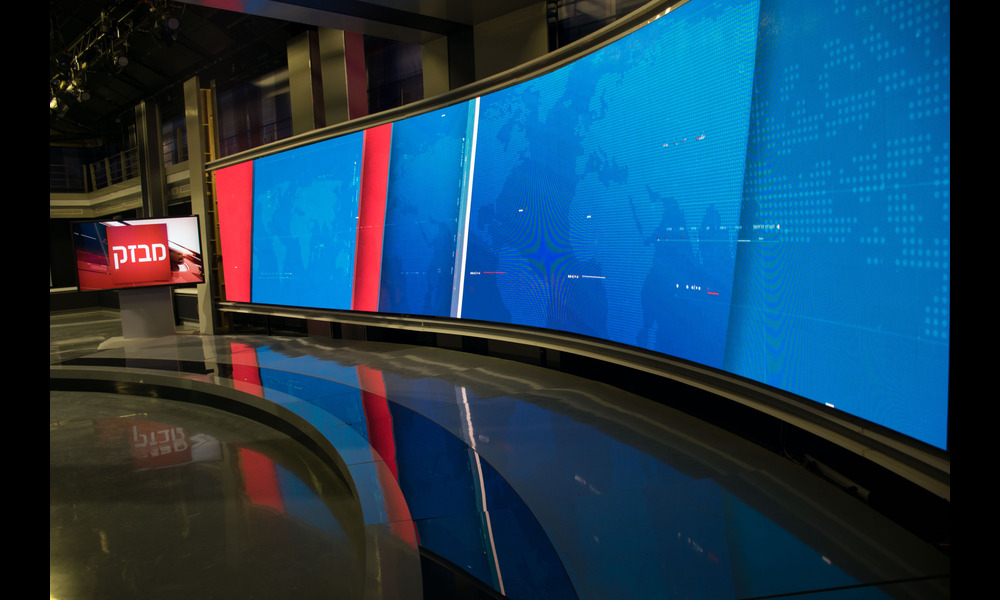
5. Final Thoughts
You need a video wall processor to display content from a particular source on your LED display technology. What you can have, however, will depend on your purpose, what you want, your business, and your budget. By balancing all of them, you can have the perfect video wall processor.
As to who wins between Novastar and Colorlight, both have a lot of upsides and almost no downsides. You can never really go wrong with the two as long as it can give you whatever you need.